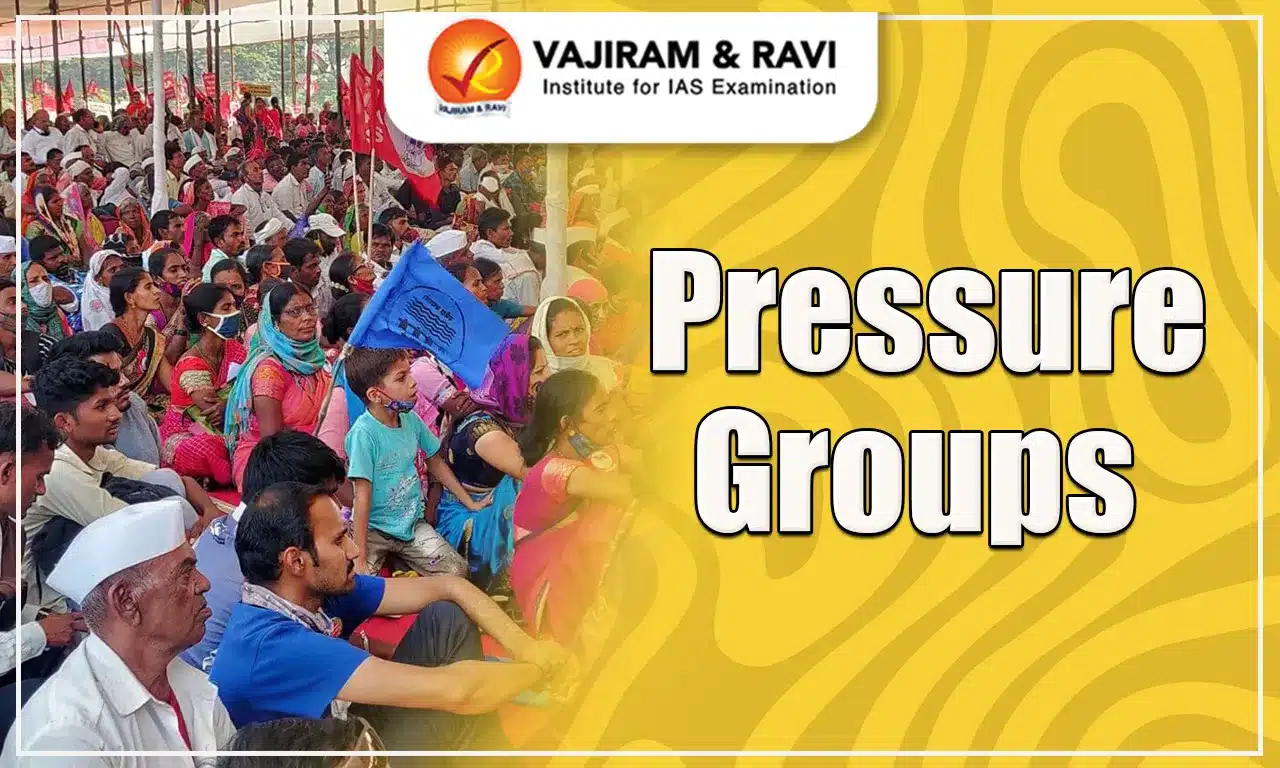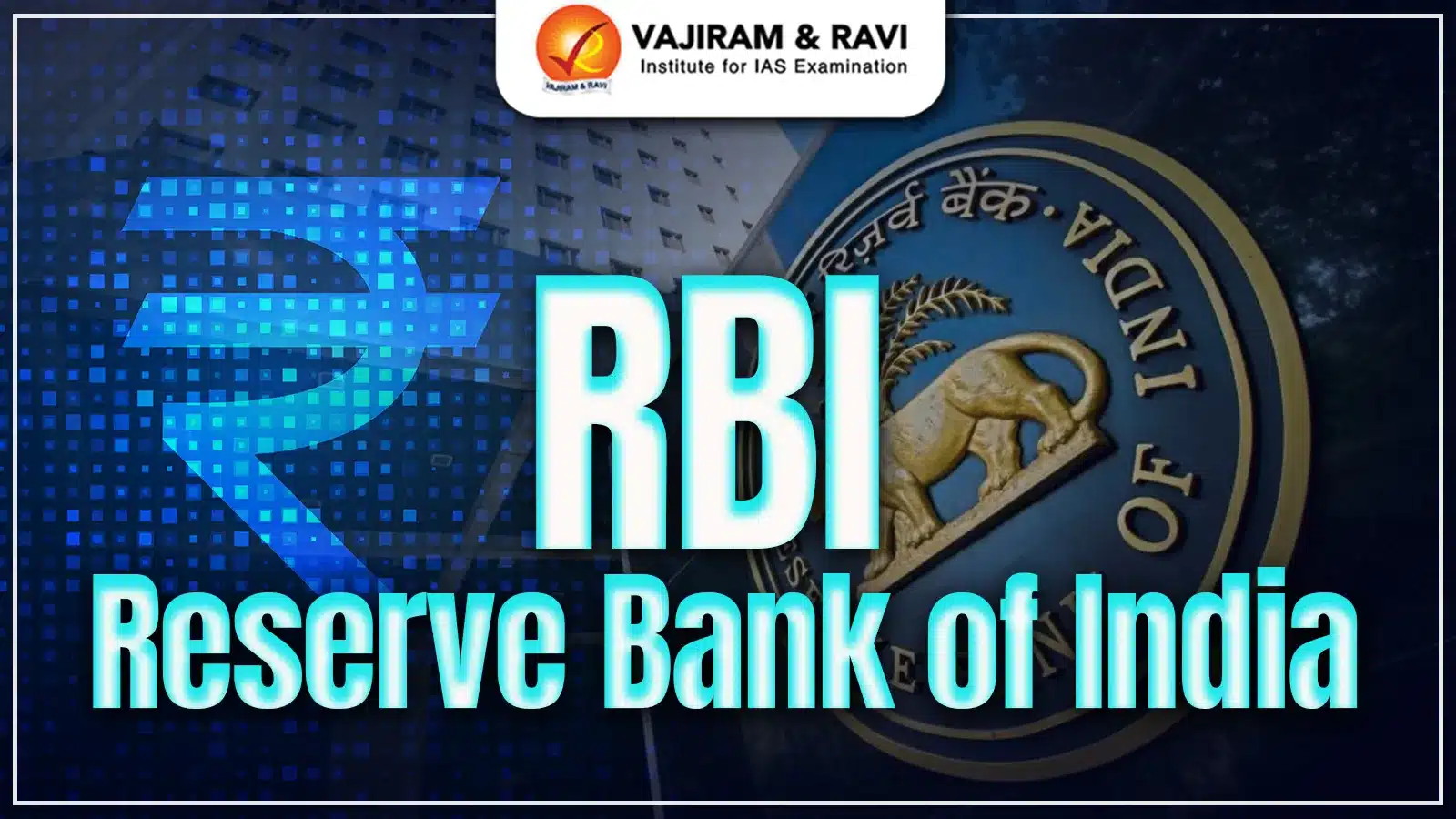Mahatma Gandhi Movements: Mohandas Karamchand Gandhi (Mahatma Gandhi) was born on October 2, 1869, in Porbandar, Gujarat. He earned a degree in law from England in 1891. Before entering Indian politics in 1915, he was in South Africa from 1893 to 1914. In the course of his struggle in South Africa, he developed his political philosophy based on non-violence and Satyagraha to give a new direction to the mass movement.
The emergence of Mahatma Gandhi in Indian politics marked the beginning of a new phase in the Indian national movement, the phase of mass movements.
Arrival of Gandhi in India
Mahatma Gandhi returned to India in January 1915. His efforts were well known in South Africa, not just among the educated but also among the common people. Following Gopal Krishna Gokhale’s advice, he spent a year travelling across British India to understand the country’s real conditions and connect with its people.
- In February 1916, Gandhiji made his first major public appearance at the Banaras Hindu University inauguration. In his speech, he criticized Indian nationalism as being elitist and not reflective of the masses.
- He expressed his desire to transform the nationalist movement into one that truly represented the broader Indian population, including the rural poor and marginalized communities.
- This marked the beginning of his efforts to make the freedom struggle more inclusive and rooted in the everyday lives of ordinary Indians.
Champaran Satyagraha (1917)
Champaran Satyagraha was the first attempt at mobilising the Indian masses by Gandhi at the invitation of Rajkumar Shukla in the context of the indigo peasants of Champaran. This Gandhian Movement was the First Civil Disobedience in India.
- It was primarily triggered by the oppressive ‘Tinkathia system’, under which peasants were forced to cultivate indigo on 3/20th (15%) of their total land.
- Gandhi intervened in the matter but was asked to leave the place by the authorities. However, Gandhi refused to leave, thus disobeying the order.
- Eventually, Gandhi was able to convince the government about the illness of the tinkathia system and to look into the matter.
- Government appointed a committee to go into the matter and nominated Gandhi as a member. As a result, the tinkathia system was abolished, and in a compromise settlement, only 25 % of the money taken by peasants was compensated.
- Participants include Rajendra Prasad, Narhari Parekh, and J.B. Kripalani
Ahmedabad Mill Strike (1918)
Following the Champaran Satyagraha, the next step in mobilising the masses was the workers of Ahmedabad's urban centre. Ahmedabad Mill Strike was the result of a disagreement between the textile workers and the mill owners that arose in March 1918 regarding the end of the plague bonus.
- Mill owners paid bonuses of 75% of their salary to retain the workers during the outbreak of the plague in 1917. But, after the end of the plague, workers were demanding an increase of 50 % in wages while mill owners were advocating discontinuance of the bonus. As a result, a deadlock was created.
- Gandhi intervened at the request of Anusuya Sarabhai and undertook a fast unto death. As a result, owners agreed to the 35% wage hike.
- This was the first movement where fasting, a means of self-suffering to create moral pressure, was used by Gandhi as a political weapon in India.
Kheda Satyagraha (1918)
Kheda Satyagraha was the first instance of Non-Cooperation led by Gandhi in the Indian National Movement. It took place in 1918 when, due to the failure of the monsoon, peasants in the Kheda district faced severe distress and demanded revenue relief from the government in light of crop failure and rising prices.
- According to the government's famine code, cultivators were entitled to total remission if crop yield fell below 25% of the average. But the authorities rejected it. As a result, peasants turned to Gandhi.
- Gandhi intervened on behalf of the poor peasants, advising them to withhold payment and 'fight unto death against such a spirit of vindictiveness and tyranny.'
- The government ordered it to be restrained in the collection of revenues (collected only from those ryots who could afford to pay) and not to confiscate lands. Gandhi decided to withdraw from the struggle.
- Participants: Sardar Vallabhbhai Patel, Narahari Parikh, and Indulal Yagnik.
Satyagraha Against Rowlatt Act (1919)
Gandhi launched Satyagraha against the Rowlatt Act, which was based on the recommendations of a Sedition Committee formed in 1917 under Justice Sidney Rowlatt to suppress revolutionary activities and investigate ‘seditious conspiracy’.
- The committee's proposals led to the Rowlatt Act (Anarchic and Revolutionary Offenses Act of 1919), passed by the Imperial Legislative Council, aiming to curtail civil liberties of the Indian people.
- The Rowlatt Act allowed political and revolutionary activists to be tried without judicial proceedings or even imprisoned without trial for two years. It also suspended the right to habeas corpus and the right to appeal. (Read more about Types of Writs)
- Gandhiji called it the “Black Act '' and launched the satyagraha against the Act. It involved fasting, praying, disobeying laws, and risking arrest and imprisonment. The satyagraha brought Gandhi to the centre of the Indian national movement.
- Gandhi also organised Satyagraha Sabha, his organisation, to carry out the movement. However, due to the violence in some parts of India, Gandhi had to call off the Satyagraha.
- Gandhi's ability to connect with the masses was demonstrated during this Satyagraha. Gandhian ideology and methods for the freedom struggle (Non-violence and Satyagraha) were introduced to the Indian masses.
Non-Cooperation Movement (1921-22)
Non-Cooperation Movement was launched by Mahatma Gandhi in 1920 as a response to the horrific Jallianwala Bagh massacre, which occurred amidst widespread protests against the repressive Rowlatt Act.
-
- In September 1920, the Congress held a special session in Calcutta and resolved to accept Gandhi's proposal of non-cooperation with the British government until Khilafat and Punjab grievances were addressed and self-government was established.
- This Gandhian movement was merged with the Khilafat movement, which demanded that the Turkish Sultan or Khalifa retain control over the Muslim sacred places in the erstwhile Ottoman empire.
- Methods: Non-cooperation movement included the boycott of schools, colleges, courts, government offices, legislatures, and foreign goods and the return of government-conferred titles and awards.
- Withdrawal: Mahatma Gandhi withdrew the non-cooperation movement following the Chauri Chaura incident on 5 February 1922, in which 23 police officers were killed. After the withdrawal, he focused on the constructive programme of social reforms.
Civil Disobedience Movement (1930-34)
Civil Disobedience Movement, also known as the Salt Satyagraha, was the second major mass movement following the Non-Cooperation Movement and marked a significant step forward in expanding the social base of India’s freedom struggle.
- Gandhi declared at the Calcutta Congress in 1928 that the British must grant India dominion status, or the country would erupt in a revolution for complete independence. The British paid no attention to this. As a result, INC in its Lahore session (1929) demanded ‘Punra Swaraj’, and decided to celebrate 26th January as ‘Independence Day’. It also declared that a civil disobedience movement would be started under the leadership of Gandhi.
- Gandhi announced the 'Dandi March' against the unjust tax on salt as part of the movement. On April 6, 1930, he violated the salt regulations, thereby launching the Civil Disobedience Movement.
- Induced by Gandhi's extraordinary endeavours at Dandi, defiance of the salt laws spread throughout the country. However, it was halted for a period after the Gandhi-Irwin Pact.
- When the movement was resumed after the failure of the Second Round Table conference, it began to dwindle towards the end of 1932. It was officially withdrawn in May 1934.
Quit India Movement (1942)
Quit India Movement (August Kranti Movement) was the ‘third great wave’ of India’s struggle for freedom, launched on August 8, 1942, under the leadership of Mahatma Gandhi. This Gandhian Movement was more of a rejection of British rule than a traditional Satyagraha, and it influenced the unprecedented and tumultuous events that occurred in Indian history over the next five years.
- It was the result of Indian disillusionment with British rule, with the immediate causes being the failure of the Cripps mission and the hardships caused by World War II.
- On August 8, 1942, the All India Congress Committee met at Gowalia Tank in Bombay and passed the famous Quit India Resolution. On the same day, Gandhi issued his 'Do or Die' call. It demanded an end to British rule in India with immediate effect, the formation of a provisional government after the war and the declaration of free India.
- As a result, major leaders of the Indian National Congress were arrested and imprisoned without trial by British officials. However, the protests continued across the country with huge mass participation.
- Although it did not immediately achieve its goals, it contributed to the weakening of British rule and paved the way for the independence of India.
Gandhian Movements UPSC PYQs
Q1: Many voices had strengthened and enriched the nationalist movement during the Gandhian phase. Elaborate (UPSC Mains 2019)
Q2: Throw light on the significance of the thoughts of Mahatma Gandhi in the present times. (UPSC Mains 2018)
Q3: With reference to the British colonial rule in India, consider the following statements: (UPSC Prelims 2019)
- Mahatma Gandhi was instrumental in the abolition of the system of ‘indentured labour’.
- In Lord Chelmsford’s ‘War Conference’, Mahatma Gandhi did not support the resolution on recruiting Indians for World War.
- Consequent upon the breaking of the Salt Law by the Indian people, the Indian National Congress was declared illegal by the colonial rulers.
Which of the statements given above are correct?
- 1 and 2 only
- 1 and 3 only
- 2 and 3 only
- 1, 2 and 3
Ans: (b)
Q4: Which one of the following is a very significant aspect of the Champaran Satyagraha? (UPSC Prelims 2018)
- Active all-India participation of lawyers, students and women in the National Movement.
- Active involvement of Dalit and Tribal communities of India in the National Movement.
- Joining of peasant unrest to India’s National Movement.
- Drastic decrease in the cultivation of plantation crops and commercial crops
Ans: (c)
Q5: Quit India Movement was launched in response to (UPSC Prelims 2013)
- Cabinet Mission Plan
- Cripps Proposals
- Simon Commission Report
- Wavell Plan
Ans: (b)
| Other Related Posts | |
| Mahatma Gandhi's Movements | Ahmedabad Mill Strike |
| Satyagraha | Kheda Satyagraha |
| Champaran Satyagraha | Vaikom Satyagraha |
Last updated on November, 2025
→ Check out the latest UPSC Syllabus 2026 here.
→ Join Vajiram & Ravi’s Interview Guidance Programme for expert help to crack your final UPSC stage.
→ UPSC Mains Result 2025 is now out.
→ UPSC Notification 2026 is scheduled to be released on January 14, 2026.
→ UPSC Calendar 2026 is released on 15th May, 2025.
→ The UPSC Vacancy 2025 were released 1129, out of which 979 were for UPSC CSE and remaining 150 are for UPSC IFoS.
→ UPSC Prelims 2026 will be conducted on 24th May, 2026 & UPSC Mains 2026 will be conducted on 21st August 2026.
→ The UPSC Selection Process is of 3 stages-Prelims, Mains and Interview.
→ UPSC Result 2024 is released with latest UPSC Marksheet 2024. Check Now!
→ UPSC Prelims Result 2025 is out now for the CSE held on 25 May 2025.
→ UPSC Toppers List 2024 is released now. Shakti Dubey is UPSC AIR 1 2024 Topper.
→ UPSC Prelims Question Paper 2025 and Unofficial Prelims Answer Key 2025 are available now.
→ UPSC Mains Question Paper 2025 is out for Essay, GS 1, 2, 3 & GS 4.
→ UPSC Mains Indian Language Question Paper 2025 is now out.
→ UPSC Mains Optional Question Paper 2025 is now out.
→ Also check Best IAS Coaching in Delhi
Gandhi's Movements FAQs
Q1. What are the 7 major movements of Gandhiji?+
Q2. What was Gandhi's first movement in India?+
Q3. Which movement was started by Mahatma Gandhi in 1942?+
Q4. What was the role of Mahatma Gandhi in the movement?+
Q5. What were the 3 Satyagraha launched by Gandhiji?+

















